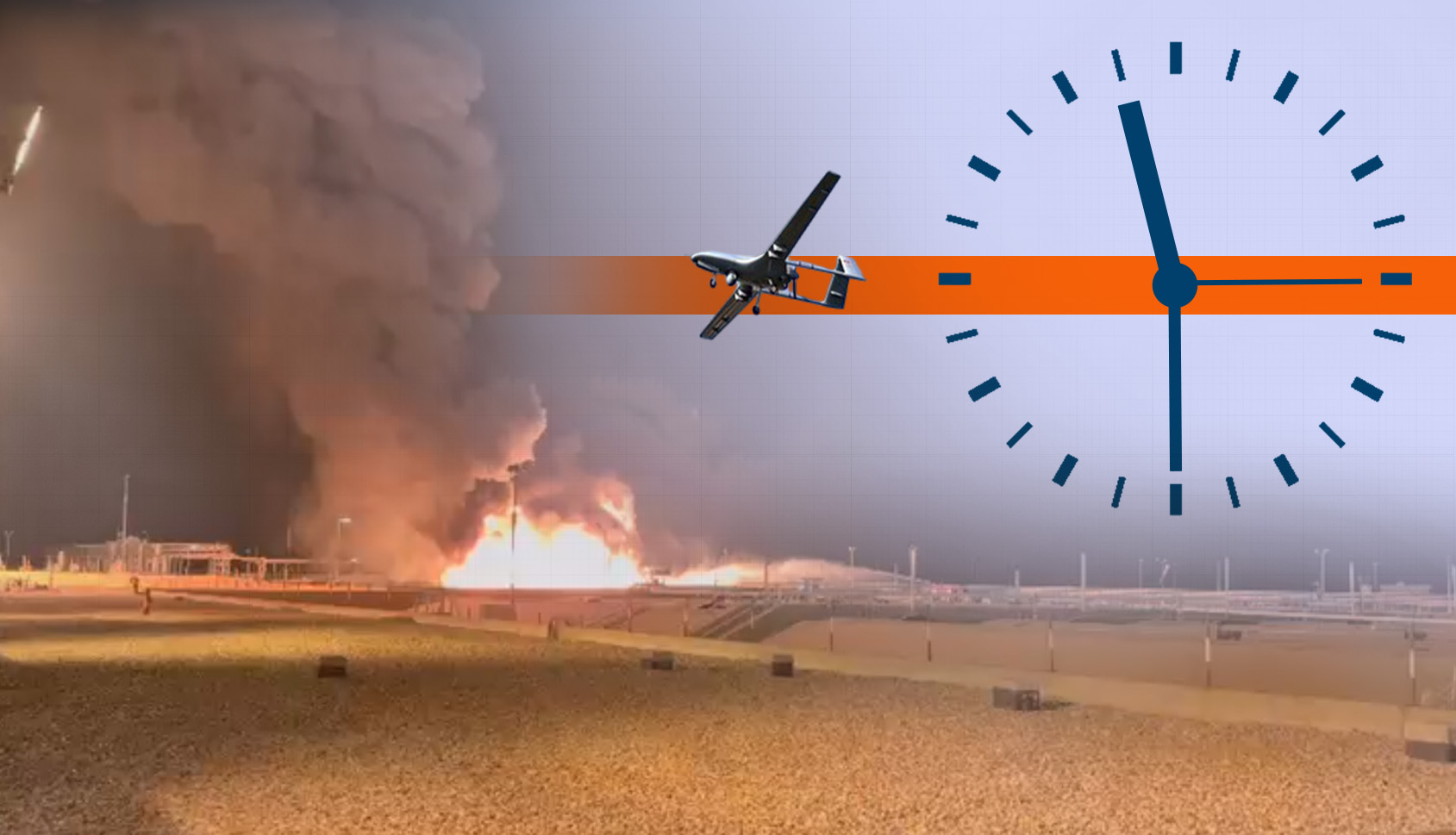Since the summer of 2022, the Khor MOR gas field has been hit 11 times by drones or rockets. The most recent strike, carried out last night, appears to be the most significant yet, plunging parts of the Kurdistan Region into darkness. The persistence of these attacks over the past three years, despite shifts in tactics and delivery methods, suggests that the issue extends far beyond a localized dispute or an internal crisis within the Kurdistan Region. Rather, it points to a broader strategic calculus.
What is especially noteworthy is the timing. These attacks consistently coincide with periods of heightened tension—whether between Baghdad and Erbil or within the Kurdistan Region itself, particularly in moments of political friction between its two main parties, the KDP and the PUK. The pattern strongly implies that Khor MOR is being targeted not randomly, but deliberately—at moments when the political landscape is at its most fragile and the region’s internal divisions are most pronounced.
Between 2022 and 2025, a total of 151 drone and rocket attacks were carried out in the Sulaymaniyah area, at least 11 of which targeted the Khor MOR gas field. With an estimated 75 billion cubic meters of condensate gas and roughly 7 billion barrels of oil in reserves, this relatively small area—covering a radius of roughly 140 kilometers—holds immense strategic value for the Kurdistan Region.
In 2022, after Iraq’s Federal Supreme Court ruled the Kurdistan Region’s Oil and Gas Law illegal, tensions between Baghdad and Erbil over energy governance sharply escalated. That same summer, as work progressed on the Khor MOR expansion project (KM250), the field was struck by rockets at least three times.
In 2023, as Kurdistan Region political parties prepared for the Provincial Council elections and internal rivalries intensified, Khor MOR again became a target—this time hit by two additional rocket attacks.
From 2024 onward, two notable changes emerged in the pattern of attacks. Instead of rockets—which are relatively easy for local armed groups to obtain—the attackers increasingly relied on drones. This tactical shift appears to reflect the tightening of security measures.
During the 2022–2023 attacks, the strikes largely targeted the outskirts of facilities and surrounding areas. However, in the drone attacks of 2024 and 2025, the assaults became more precise, directly hitting the facilities and even the gas tankers themselves. This escalation has had a far more immediate impact on the daily lives of people in the Kurdistan Region, particularly by disrupting the government’s new 24-hour electricity initiative, the Runaki Project, as well as causing power outages in parts of several Iraqi provinces.
Now, at a moment when the Kurdistan Region—after two consecutive elections—is on the verge of forming new governments in both Erbil and Baghdad, tensions are again running high. Disputes between the KDP and PUK persist on one front, while disagreements between Baghdad and Erbil over the federal budget continue on another. It is against this backdrop of political fragmentation and uncertainty that yet another drone attack has been carried out on the Khor MOR field.
As it appears, the factor of continuity and synchronization of the attacks with internal crises can indicate that these attacks are not the work of a local group carried out due to the tactical convergence of their interests. However, their coincidence with internal tensions between Erbil-Baghdad and KDP-PUK draws attention to the possibility that the strategic mind behind the attacks aims to fuel the fire of conflicts with the Khor MOR gas field attacks! This is aside from the strategic objective that wants to put the Kurdistan Region in trouble in terms of energy and keep it in a state of dependency.
The Kurdistan Region’s energy sector has undergone major upheavals during the same period in which the rocket and drone attacks occurred. These shifts were driven by the Federal Supreme Court’s ruling on the illegality of the Kurdistan Region’s Oil and Gas Law, the International Arbitration Court’s decision in Paris and Turkey’s subsequent compliance, ongoing disputes over the budget and public-sector salaries of the Kurdistan Region, and the halt of the Region’s oil exports for more than 30 months before their recent resumption. In addition, Rosneft’s holdings in the Kurdistan oil pipeline have been significantly affected and shifted by U.S. sanctions. Yet despite these economic and legal consequences, the core issue does not lie in the financial disruptions alone. Rather, it is rooted in the strategic calculations behind the repeated attacks on the Khor MOR field.



